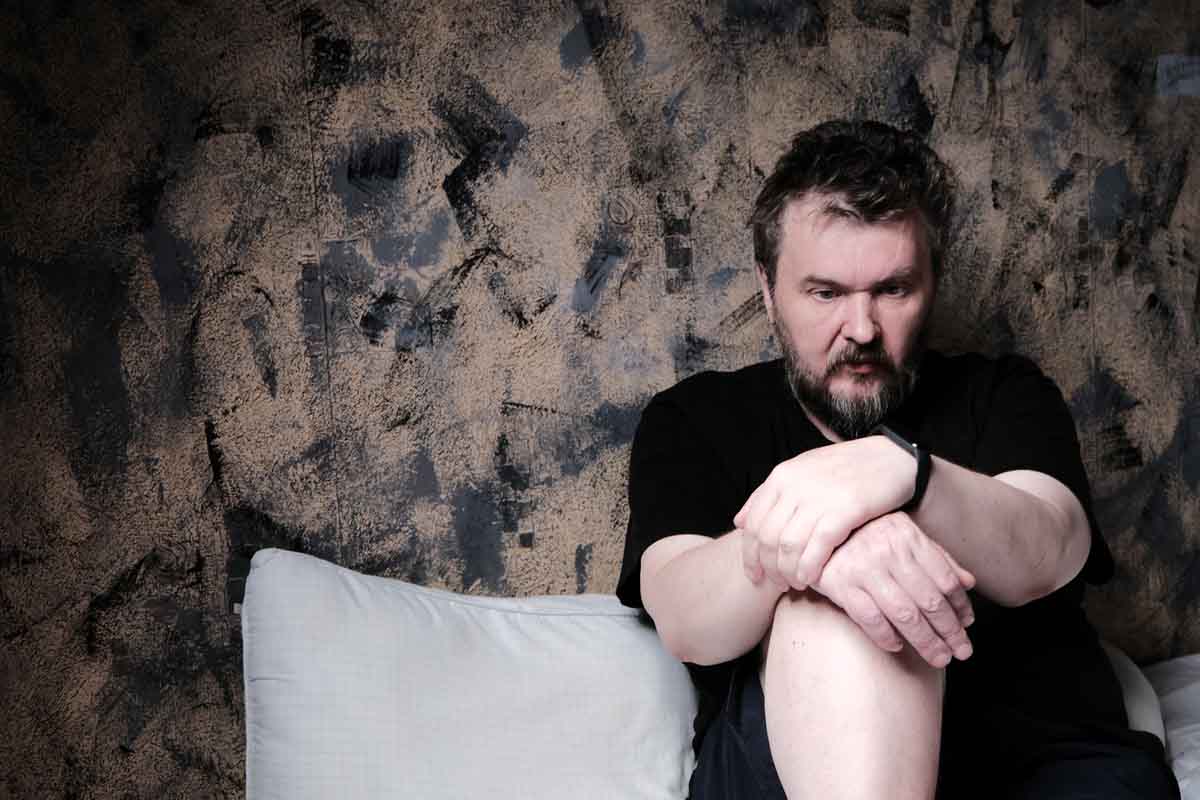See original letter by Patil et al.
Drs Sanchez-Gistau and Castro-Fornieles Reply
To the Editor: We appreciate the interest of Dr Patil and colleagues in our study1 about predictors of suicide attempt in early-onset, first episode psychoses.
Dr Patil and colleagues raise concerns about a number of methodological issues of the study. First, with regard to the suitability of the Positive and Negative Syndrome Scale (PANSS) in measuring psychotic symptoms in adolescents, many studies have used the PANSS for the assessment of psychotic symptoms in early-onset schizophrenia (see recent reviews by Schimmelmann et al2 and by Clemmensen et al3).
Second, the Children’s Depression Rating Scale (CDRS), which is derived from the HDRS Hamilton Depression Rating Scale (HDRS), was developed to assess depressive symptoms in children aged 6 to 12 years. As noted, the mean (SD) age of our sample was 15.5 (1.8) years, so the CDRS would not have been suitable. It could be argued that the Adolescent Depression Rating Scale (ADRS), a new measure validated in 2006 by Revah-Levy et al,4 may have been more appropriate; however, our study started in 2003, and at that time no validated instrument for measuring depressive symptoms in adolescence was available, which is why we chose to use the HDRS. Third, Dr Patil and colleagues point out that the Schedule for Affective Disorders and Schizophrenia for School-Age Children-Present and Lifetime Version (K-SADS-PL) has not been validated in Spanish; however, it is important to bear in mind that the version used in our study5 is not simply a translation, but an adaptation to Castilian (the Spanish language spoken in Spain) of the K-SADS-PL validated in the Spanish language spoken in Mexico.6
With regard to the socioeconomic level of the sample, we would like to mention that it was determined by the Hollingshead Scale, which allows for the rating of 5 socioeconomic classes (1 "high," 2 "high-middle," 3 "middle," 4 "middle-low," and 5 "low").7 This means that the level of nearly 3 as reported in Table 1 of our study1 reflects a socioeconomic status of middle class as defined by the Hollingshead Scale.
We agree that our study has some caveats that limit the generalizability of the findings. As described in the limitations section of the study, some of our major concerns were the modest sample size, the lack of standardized instruments for assessing suicidal behavior, and the limited number of assessments during follow-up. However, since patients were recruited and treated in clinical settings, it was possible to record suicide attempts carefully, not only by asking the patients a single question but also by inquiring of parents and reviewing medical records. Finally, we are aware of the limitations concerning the use of multivariate logistic regression analyses when sample size is small and when the subject of study is an infrequent event (such as a suicide attempt), which suggest caution when interpreting the results.
Despite its limitations, our study provides data on what is possibly the major complication of psychiatric illness, suicidal behavior, in patients with early-onset psychosis, which is an understudied population. We are hopeful that future investigations with larger samples will help clarify the issues that remain unclear in the current study.
References
1. Sanchez-Gistau V, Baeza I, Arango C, et al. Predictors of suicide attempt in early-onset, first-episode psychoses: a longitudinal 24-month follow-up study. J Clin Psychiatry. 2013;74(1):59-66. PubMed doi:10.4088/JCP.12m07632
2. Schimmelmann BG, Schmidt SJ, Carbon M, et al. Treatment of adolescents with early-onset schizophrenia spectrum disorders: in search of a rational, evidence-informed approach. Curr Opin Psychiatry. 2013;26(2):219-230. PubMed doi:10.1097/YCO.0b013e32835dcc2a
3. Clemmensen L, Vernal DL, Steinhausen HC. A systematic review of the long-term outcome of early onset schizophrenia. BMC Psychiatry. 2012;12(1):150. PubMed doi:10.1186/1471-244X-12-150
4. Revah-Levy A, Birmaher B, Gasquet I, et al. The Adolescent Depression Rating Scale (ADRS): a validation study. BMC Psychiatry. 2007;7(1):2. PubMed doi:10.1186/1471-244X-7-2
5. Soutullo C, Wolf M, de la Pe×±a F. Traducción al Castellano de la Entrevista Diagnostica: Kiddie-Scheduleor Affective Disorders & Schizophrenia, Present & Lifetime Version (K-SADSPL,1996). http://www.cun.es/la-clinica/departamentos-yservicios-medicos/psiquiatria-y-psicologia-medica/mas-sobreel-departamento/unidades/psiquiatria-infantil-y-adolescente;1999.Accessed May 2003.
6. Ulloa RE, Ortiz S, Higuera F, et al. Interrater reliability of the Spanish version of Schedule for Affective Disorders and Schizophrenia for School-Age Children-Present and Lifetime version (K-SADS-PL). Actas Esp Psiquiatr. 2006;34(1):36-40. PubMed
7. Hollinsgshead AD. Index of Social Status. In: Manger DJ, Peterson VA, eds. Social Roles and Social Participation. Vol. 2. Minneapolis, MN: University of Minnesota Press; 1982.
Author affiliations: Department of Child and Adolescent Psychiatry and Psychology, Institut Clinic of Neurosciences of Hospital Clinic of Barcelona; and CIBERSAM, Centro de Investigación Biomédica en Red en Salud Mental, IDIBAPS and SGR-1119 and Department of Psychiatry and Psychobiology, University of Barcelona, Spain.
Potential conflicts of interest: None reported.
Funding/support: The study referred to in this letter was supported by a grant from the Carlos III Institute of Health, Spanish Department of Health, Cooperative Research Thematic Network (RETICS)-G03/032 and the Spanish Ministry of Science and Innovation, Instituto de Salud Carlos III, CIBERSAM; by the Generalitat de Catalunya to the Child Psychiatry and Psychology Group (2009 SGR 1119); and by the Alicia Koplowitz Foundation.
J Clin Psychiatry 2013;74(12):1264-1265 (doi:10.4088/JCP.13lr08556a).
© Copyright 2013 Physicians Postgraduate Press, Inc.





